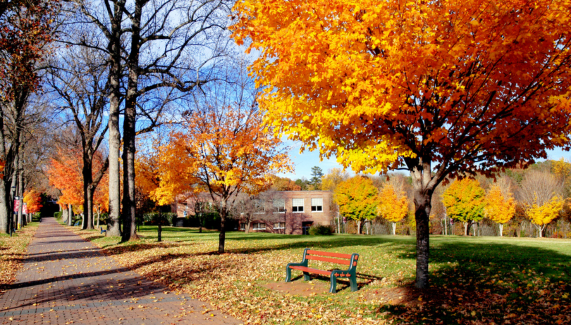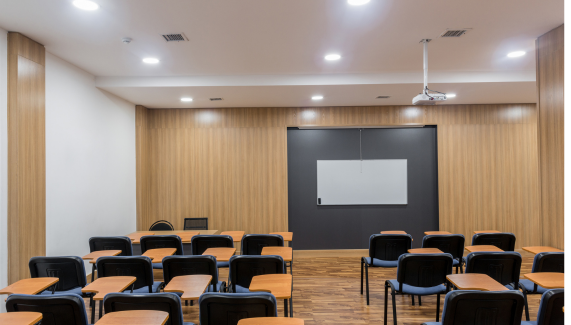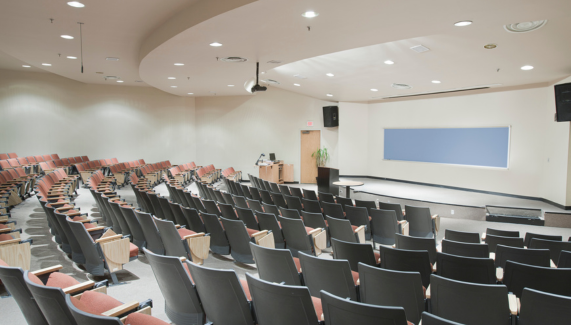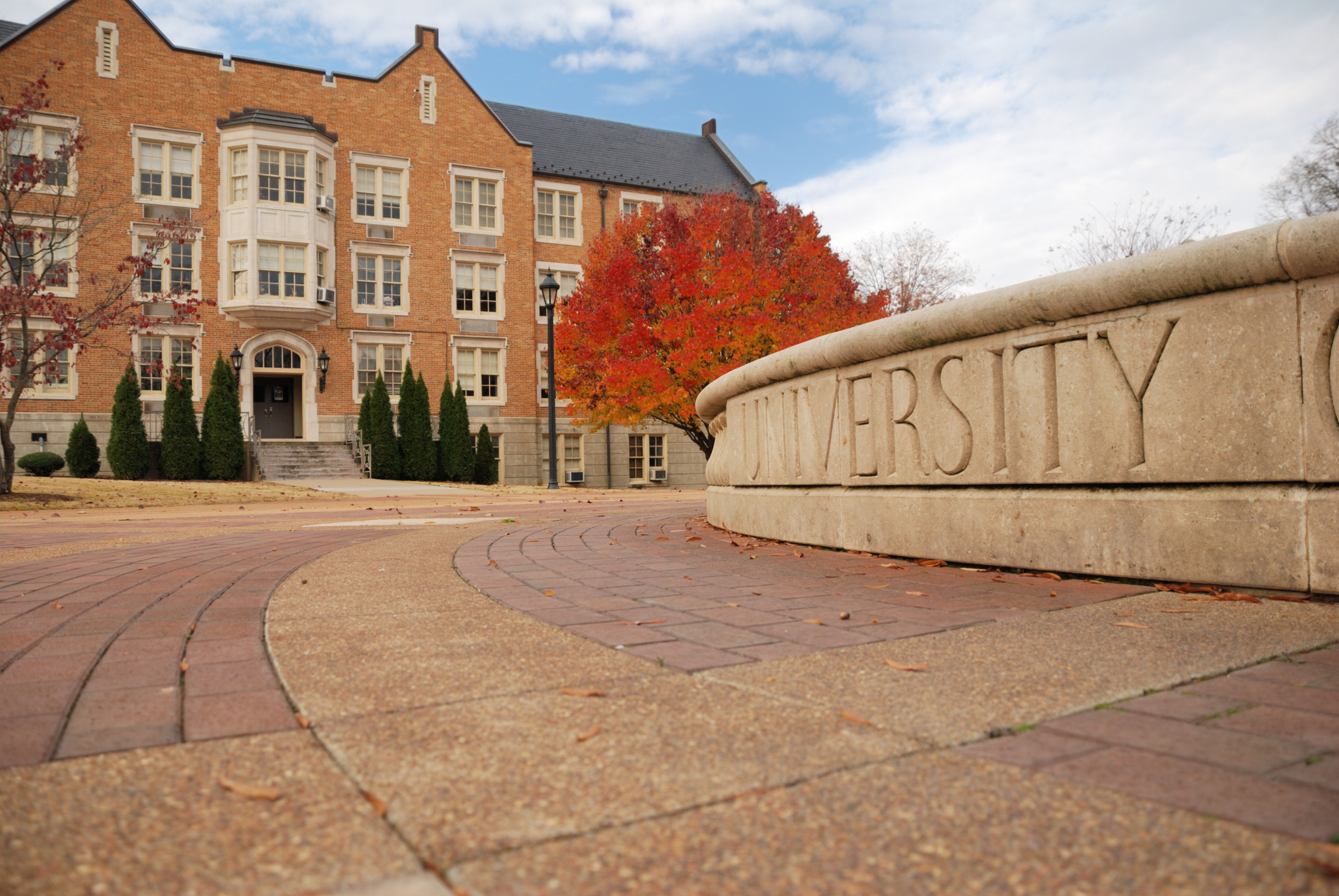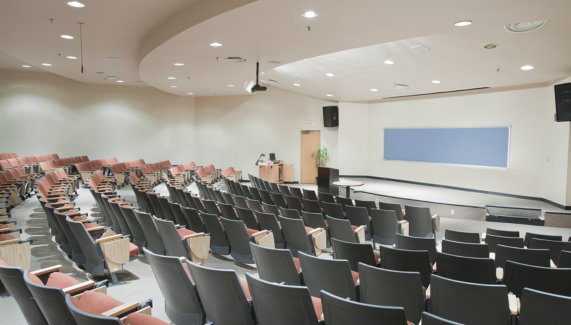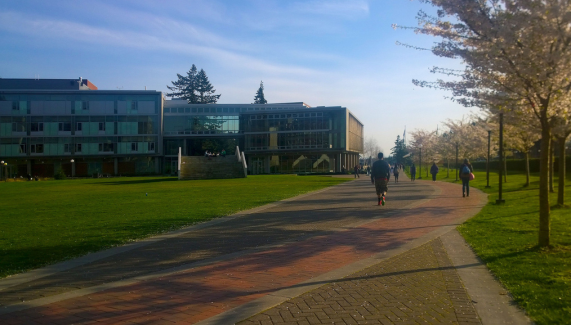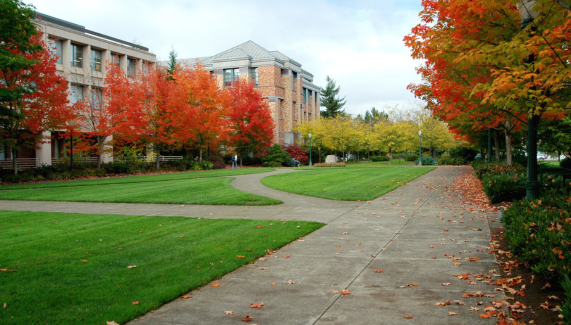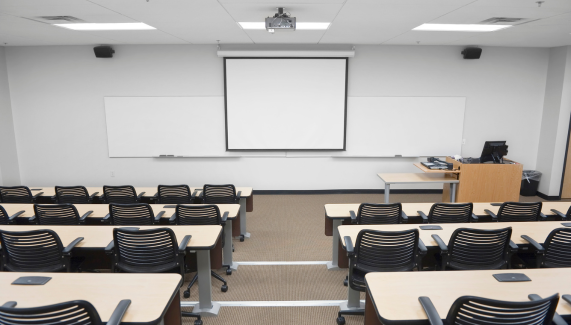This study examines campus climate and sense of belonging from 74,889 queerspectrum and transpectrum undergraduate students at 49 higher education institutions in North America. Findings highlight that queerspectrum and transpectrum students had a lower sense of belonging than their heterosexual and cisgender peers. Also, queerspectrum, racially minoritized students and transpectrum, racially minoritized students reported a lower sense of belonging than their respective white peers. Additionally, while not statistically significant due to sample size, students who collectively held queerspectrum, transpectrum, and racially minoritized identities had a lower sense of belonging than students who were only transpectrum, or transpectrum and racially minoritized. Finally, transpectrum, racially minoritized participants were more likely to consider leaving than either cisgender, racially minoritized students or transpectrum, white identified participants. Nearly half (45.6%) of participants who were queerspectrum, transpectrum, and racially minoritized seriously considered leaving their college or university, indicating the compounding effects of marginalized identities on persistence.
Weber, G., (forthcoming). Increasing Sense of Belonging for Minoritized Undergraduate Students: An Analysis of the Intersections of Sexuality, Gender, and Race. Journal of LGBT Youth.

